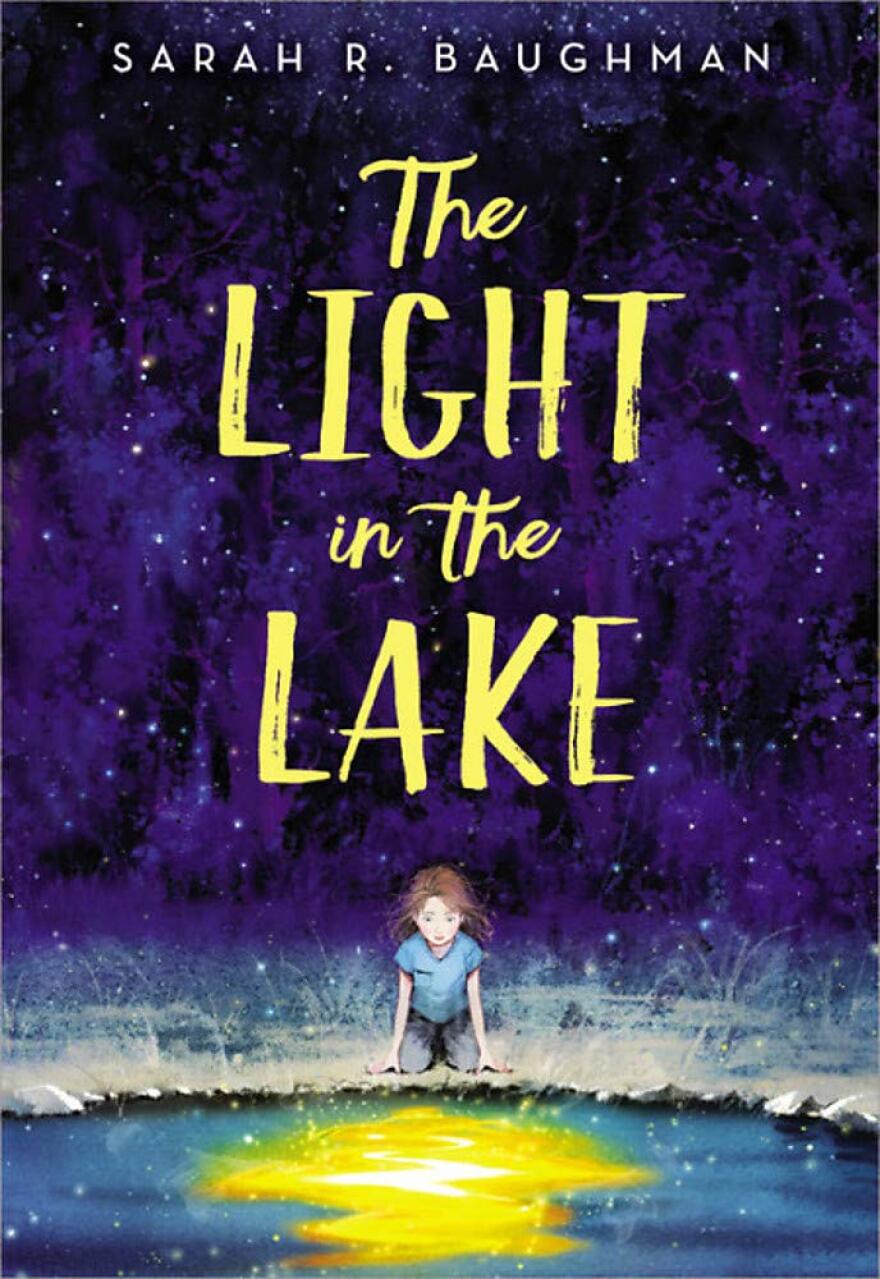The Light in the Lake written by Sarah Baughman is a beautifully-told genuine story of loss and grief, family and friends and the merging of scientific and creative thinking. This novel is told in the first person by twelve-year-old Addie who must come to grips with the drowning of her paternal twin, Amos, in nearby Maple Lake, a body of water in which they had spent most of their young lives swimming, boating, exploring and fishing.
Addie is determined to unravel the mystery of what her brother referred to as “the light in the lake” and his clues about a creature living beneath the water. At the same time, Mr. Dale, her science teacher, successfully gets her involved in a science project slated to discover how Maple Lake has become polluted. As the narrative moves forth, Addie and the reader are introduced to algae blooms, sample taking, watersheds, topographic maps and scientific methods.
This well- written novel has genuine conversations and vividly described events. The power of the strange underwater wave that suddenly pulls her, her boat and science partner Tai, into the middle of the lake where they get a glimpse of the creature her brother had seen is just one example. Addie sums it all up by saying she had not realized she “could believe in science without giving up on magic.”
The Light in the Lake written by Sarah Baughman is an exquisite story of loss, grief, family relationships, best friends, science, pollution, creativity and magic. Readers 8-12 years of age will enjoy every chapter (Little, Brown Books for Young Readers, 2019).
The Children’s Bookshelf is a production of WCMU. A link to the podcast and activity questions can be found at Children’s Bookshelf dot org.
Questions for The Light in the Lake
What did you learn about the scientific method?
How does the scientific and the creative co-exist in this book?
Why does Mr. Dale want to get Addie involved in science this summer?
What did you learn about loss and grief by reading this story?
From the description on pages 220-221 draw your own picture of Sparkle Island and the graceful creature.
How does Addie let her best friend, Liza, down several times during this story? Why does Liza forgive her? Have you ever had a friend like Liza?
Re-read Youth Voices: Let’s Preserve Maple Lake, and Farms Too on pages 287-289. How do Addie and Tai make their case for change without upsetting the farmers?
Addie says on page 223 that she finally realized that she could “believe in science without giving up on magic.” What did she mean?


